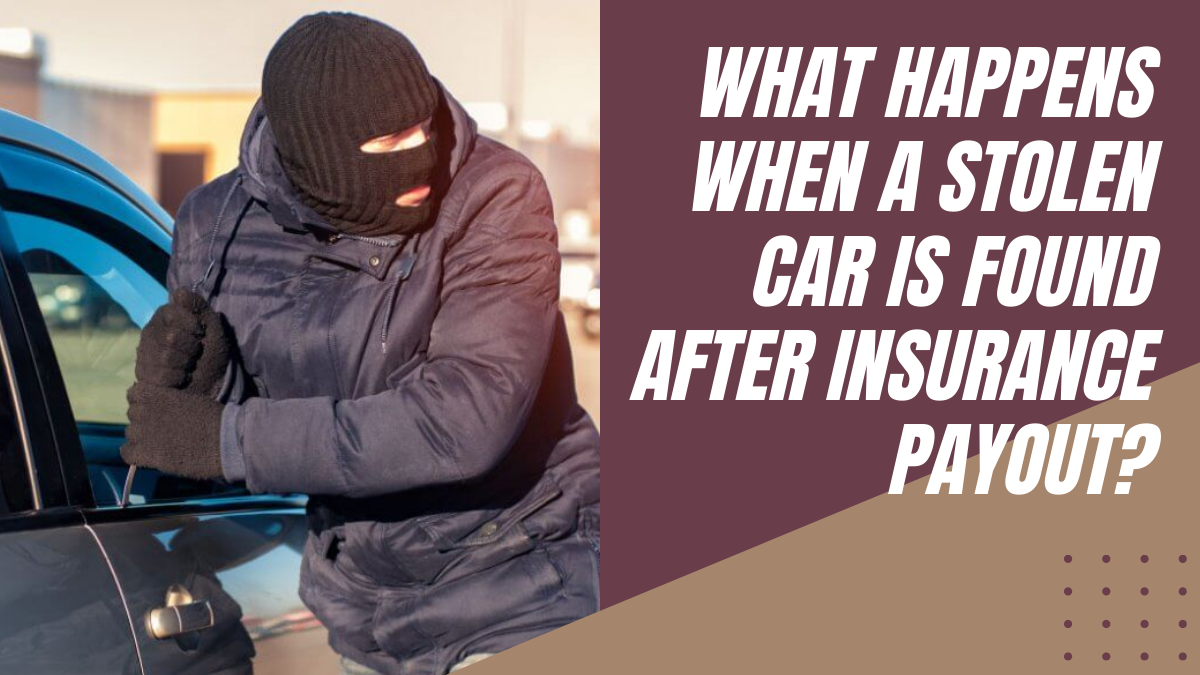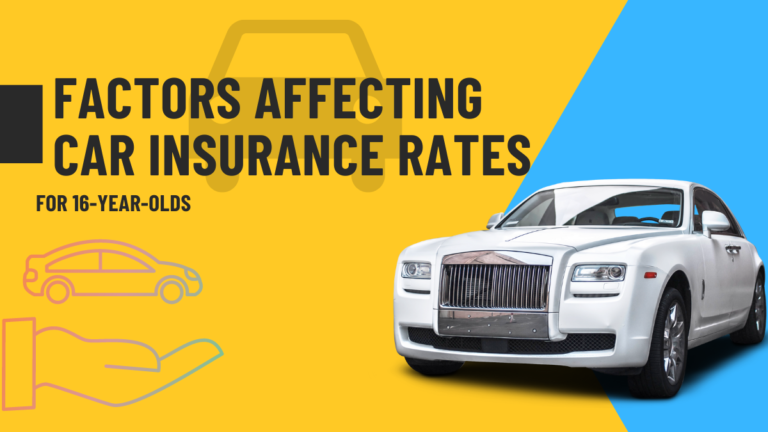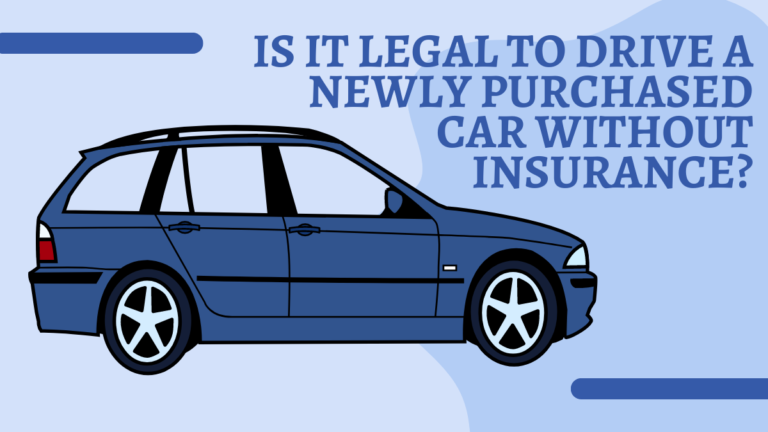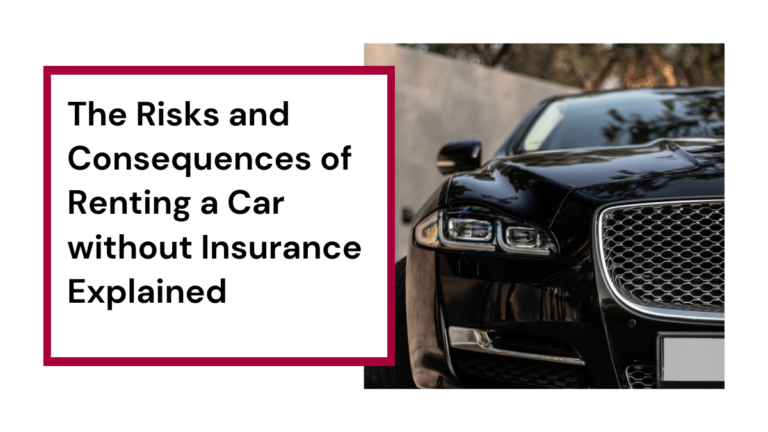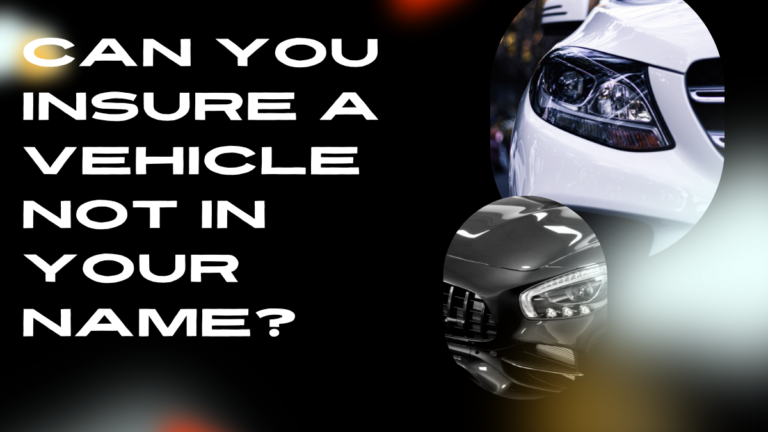Unraveling the Mystery: What Happens When a Stolen Car is Found After Insurance Payout?
Imagine this: you wake up one morning to find your car missing. Panic ensues, as thoughts race through your mind about the stolen vehicle’s fate and the empty space it leaves behind in your life. But what if, against all odds, you received an insurance payout for the loss?
Now here comes the intriguing part – what happens when that very same stolen car is unexpectedly found after you’ve already been compensated? Buckle up and join us on a wild ride as we unravel the mystery of what occurs when a stolen car reemerges from its secret hideaway after an insurance settlement has been made.
Get ready to explore the depths of legal complications, tangled webs of bureaucracy, and perhaps even unexpected truths lurking beneath this captivating scenario!
Table of Contents
What is a Stolen Car?
The world of crime and insurance can intersect in peculiar ways, and one such scenario revolves around stolen cars. A stolen car is not merely an ordinary case of vehicle theft; it carries significant implications for both the car owner and the insurance company involved. In this segment, we delve into the definition of a stolen car, exploring its characteristics, legal aspects, and the challenges it presents to insurers and law enforcement agencies

A stolen car refers to a motor vehicle that has been taken without the owner’s consent or authorization by an individual or a group with criminal intent. Car thieves typically use various methods to gain access to vehicles, such as breaking into the car, using stolen keys, hot-wiring, or exploiting electronic vulnerabilities.
How is Insurance Determined?
In the unfortunate event of a stolen car, the ordeal doesn’t always end when the insurance company processes the claim and provides a payout. Sometimes, stolen vehicles are miraculously recovered after the insurance payout has been settled. When this happens, several factors come into play to determine the next course of action for both the insurance company and the car owner.
- Vehicle Condition: The condition of the recovered stolen car is a crucial factor in the insurance determination process. If the car is found relatively intact with minimal damage, it is more likely to be returned to the policyholder. However, if the vehicle has suffered extensive damage, the insurer may decide to declare it a total loss, and the owner might be asked to surrender the vehicle to the insurance company.
- Settlement Adjustments: In cases where the stolen car is found after the insurance claim has been paid, the insurance company will often need to make adjustments to the settlement. This means that the amount already paid to the policyholder will be taken into consideration when determining the final payout or the return of the recovered vehicle.
- Salvage Value: When the insurance company declares a stolen vehicle as a total loss, they usually take ownership of the vehicle and sell it for its salvage value. The salvage value is the estimated worth of the car’s remaining parts and materials. This value is subtracted from the original payout, and the difference is the actual amount the policyholder receives.
- Policy Terms and Conditions: The specific terms and conditions of the insurance policy will also play a significant role in determining the outcome. Some policies may include provisions for handling recovered stolen cars, while others may not. It’s essential for car owners to thoroughly review their policy documents to understand their rights and obligations in such situations.
- Deductibles and Coverage Limits: The deductible amount and coverage limits outlined in the insurance policy will influence the final settlement as well. If the deductible has not been met, the policyholder might not receive any additional payout, even if the recovered car is deemed a total loss.
The Process of Claiming a Stolen Car
When a stolen car is found after an insurance payout, it initiates a complex and often confusing process for both the vehicle owner and the insurance company. This scenario involves several crucial steps that must be navigated carefully to resolve the situation satisfactorily.
- Recovery and Inspection: Upon locating the stolen vehicle, the authorities notify the insurance company, which promptly informs the vehicle owner. The car is then taken to a secure location for inspection. The insurance company will thoroughly assess the extent of damages and evaluate whether any repairs are necessary before the car can be released to the owner.
- Insurance Investigation: After the recovery, the insurance provider initiates an investigation to determine the circumstances surrounding the theft and the subsequent damage to the vehicle. This investigation helps ensure that the claim was genuine and that no fraudulent activities were involved in the reporting of the theft.
- Reimbursement Adjustment: Since the insurance company has already paid out the insured amount for the stolen car, they may need to adjust the reimbursement based on the condition of the recovered vehicle. If the car has incurred additional damages during the theft, the owner may be entitled to further compensation, while on the other hand, if the car is found intact, the payout may be recalculated accordingly.
- Salvage Rights: In some cases, the insurance company may claim ownership of the recovered vehicle if the original owner has already been compensated. This process is known as “subrogation,” where the insurer takes possession of the car and may choose to auction it off or sell it to a salvage yard.
- Vehicle Retrieval: Once the investigation is complete, and any necessary adjustments have been made to the insurance payout, the original owner can retrieve their stolen vehicle. However, if the car has been deemed a total loss or irreparably damaged, the owner may decide to keep the settlement amount and relinquish the vehicle to the insurance company.
- Legal Implications: Depending on local laws, there might be legal considerations and requirements to follow when a stolen car is recovered after an insurance payout. It’s essential for both the vehicle owner and the insurance company to comply with these legalities to avoid any potential complications.

After Insurance Determination, What Happens Next?
Once an insurance company settles the claim for a stolen car, the policyholder typically receives a payout based on the agreed-upon value of the vehicle or its actual cash value at the time of theft. At this point, the insurance company assumes ownership of the stolen car.
- Recovery Efforts: With the insurance payout complete, the insurer often takes up the responsibility of recovering the stolen vehicle. Insurance companies have specialized investigation units dedicated to locating stolen cars, working closely with law enforcement agencies. They use various resources, such as vehicle tracking systems, databases, and collaboration with national crime units, to increase the chances of recovery.
- Salvage Auctions: If the stolen vehicle is eventually recovered, it may not be in the same condition as before the theft. In many cases, the car might have sustained damages or have missing parts. Insurance companies may send the recovered stolen vehicle to salvage auctions, where it is sold as a salvage title. Salvage title vehicles are usually purchased by auto rebuilders who repair and refurbish them for resale.
- Subrogation: After the insurance company pays the claim, they might pursue subrogation, a legal process that allows them to recoup some or all of the payout from the responsible party. This could be a car thief, if identified and apprehended, or another liable party if negligence was involved in the theft.
- Surplus Recovery: In some instances, the insurance company might recover more than the initial payout during the subrogation process. In such cases, they could return the surplus amount to the policyholder to mitigate the financial burden caused by the theft.
- Policy Changes: Depending on the specific circumstances of the stolen car claim, the policyholder might see changes in their insurance premiums. Multiple theft claims or a high incidence of car theft in their area could result in higher premiums in the future.
How Was the Stolen Car Identified?
Discovering a stolen car after the insurance payout can be a perplexing situation for all parties involved. Law enforcement agencies and insurance companies utilize various methods and technologies to identify recovered stolen vehicles. Here’s a detailed look at the processes and techniques they use:
- License Plate Recognition (LPR) Systems: Law enforcement agencies often employ advanced License Plate Recognition systems. These automated systems are equipped with cameras that scan and record license plates of vehicles passing through specific areas. If a stolen car is spotted, the LPR system will raise an alert, aiding in its swift recovery.
- Vehicle Identification Number (VIN) Matching: Every vehicle has a unique 17-character VIN assigned to it. Once a car is reported stolen, its VIN is flagged in national databases. If law enforcement officers or agencies come across a vehicle with a matching VIN, they can identify it as the stolen one and take appropriate action.
- GPS Tracking Devices: Some car owners install GPS tracking devices in their vehicles. If a car is stolen, the owner can provide real-time tracking information to law enforcement, increasing the chances of a successful recovery.
- Tips and Public Assistance: Often, stolen cars are identified through tips from vigilant citizens who notice suspicious activities or abandoned vehicles. Public awareness campaigns and media coverage can also play a significant role in encouraging people to report stolen vehicles they come across.
- Forensic Analysis: In cases where stolen vehicles are found abandoned or damaged, forensic analysis is conducted. This includes gathering fingerprints, DNA samples, and other evidence that may lead to the identification of the thieves.
- Cooperation Among Law Enforcement Agencies: Law enforcement agencies collaborate and share information through interconnected databases, increasing the likelihood of finding stolen cars that may have crossed state or regional borders.
- Undercover Operations: In some instances, law enforcement may carry out undercover operations to track down stolen vehicles, infiltrating criminal networks involved in vehicle theft.
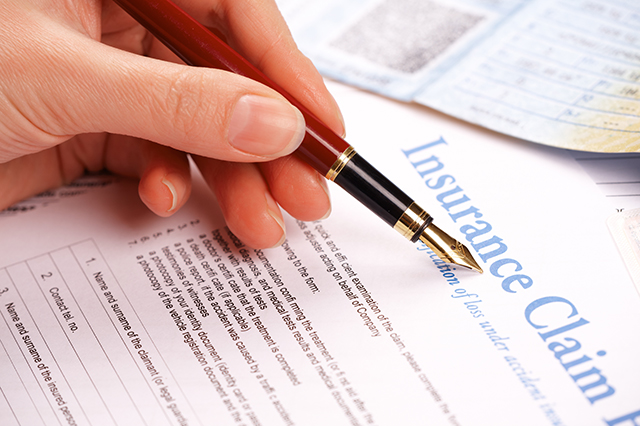
After the Stolen Car is Found, What Happens Next?
The discovery of a stolen car after an insurance payout can be a perplexing situation for both the vehicle owner and the insurance company. While the owner may have already received compensation for the loss, the recovery of the stolen vehicle raises several important questions and processes that unfold in the aftermath.
- Vehicle Inspection: Once the authorities locate the stolen car, it undergoes a comprehensive inspection for damages and potential evidence related to the theft. Any additional damage incurred during the period of theft or recovery is documented and assessed by the insurance company.
- Salvage Title: Depending on the extent of damages, the insurance company might declare the vehicle a total loss even after its recovery. In such cases, they issue a salvage title to the owner, indicating that the car is not roadworthy. The owner can choose to keep the salvage vehicle or sell it to a salvage yard.
- Ownership Transfer: If the insurance company has already paid out the claim and the vehicle is recovered, they might take ownership of the car through a process called subrogation. This allows the insurer to recoup some of the costs by selling the salvaged vehicle or its parts.
- Deductible Reimbursement: After recovering the stolen car, the insurance company may refund the deductible paid by the vehicle owner during the initial claim process, if applicable.
- Investigating the Perpetrators: Law enforcement agencies will continue their investigation to identify and apprehend the thieves responsible for the car theft. This step is crucial to prevent further incidents and deter potential criminals.
- Potential Legal Implications: If the recovered car sustained significant damages or was involved in criminal activities while stolen, the owner might face legal complications, investigations, or even liability issues.
